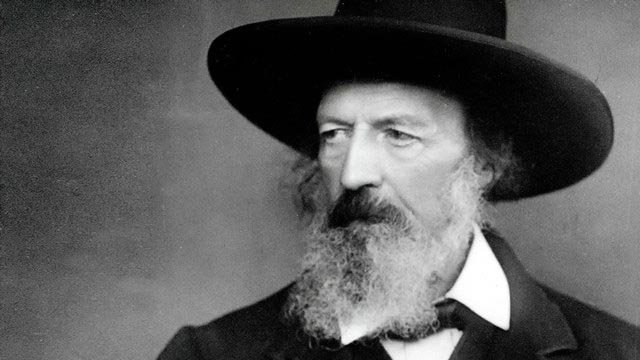Judicial independence is a recent beast.
At the outset of the common law, a judge was the king’s agent appointed durante bene placito regis or at His Majesty’s pleasure. Sir Edward Coke, alongside William Blackstone one of the common law’s best known midwives of the common law, can attest to the effect of James I’s displeasure.
Although James’s son was forced to operate with more deference, it was only upon the 1700 Act of Settlement that judges have held their commissions quamdiu se bene gesserint; they can only be dismissed for want of “good behaviour” and the dismissal has to be by the legislature.
The American colonials took matters a step further, expressly elevating the judiciary to become with the executive and the legislature one of the three components of sovereign power.
The difficulty with inventing a branch – and branch is the word we commonly use – is that it has to be repotted. The legislature has to get about finding money and the executive has to get about finding judges. The US Supreme Court did not, necessarily, sit on Day One of the United States.
So it was when Australia founded itself in 1900. Although retaining the English monarch, its constitution follows the US model and the Judiciary is defined in Chapter III. On 6 October 1903, its supreme court, the High Court of Australia, sat for the first time. Australia didn’t have money for a federal capital, let alone a federal courthouse, and the court borrowed a courtroom of the former colony and now state of Victoria.
In the US, the process of partisan first and second branches merrily meeting to splice an independent third can be gruelling. President Trump’s nominee Justice Brett Kavanaugh is a recent but not the only subject of senatorial grilling; he was eventually appointed on 6 October 2018.
Whichever jurisdiction the modern judge sits in, the ideal of independence has laid firm roots. Perhaps their Honours recall their Tennyson; is it “The Gods themselves cannot recall their gifts” or is it “Authority forgets a dying king”? The poet laureate died on 6 October 1892.
